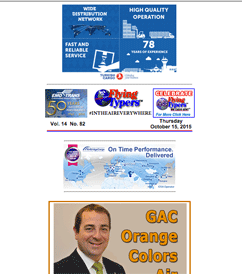
The
“Environmental Cube” developed by Lufthansa
Cargo. Eight action areas serve as a focused framework
toward continuous improvement in addressing environmental
issues. |
“Regrettably,
as the aviation industry we have a severe image problem,
since we are publicly blamed as one of the worst polluters
worldwide causing noise, dirt, and ultimately global warming
by emitting huge amounts of greenhouse gases.
“It’s time to change
these widespread sentiments by communicating proactively
the many environmental and technical achievements the
aviation industry came up with in recent years and will
go on contributing in the times ahead.
“Critics should have in
mind that there are approximately seven billion people
living on this planet, many of them awaiting the chance
to participate in some prosperity.
“This, however, is impossible
without global logistics services, including the transport
of air freight supplying the world with much needed goods.
“At Lufthansa Cargo we
feel highly obligated to foster a corporate culture driven
by ecological and green ethics.
“Each of our employees
is welcomed to contribute ideas for enhancing processes,
making Lufthansa Cargo a benchmark for the entire industry.”
Karl Ulrich Garnadt delivered these strong statements
shortly after he assumed command as chairman and CEO of
Lufthansa Cargo in 2011. Today, Herr Garnadt is head of
all passenger business at Lufthansa.
Timeline
2007
Much has been written about the global uproar created
by Volkswagen diesel automobiles, so you might expect
a bit of a scramble as other companies “Made In
Germany” talk up their environmental effort.
FlyingTypers reached
out to Lufthansa Cargo recently for an environmental update—we
found no sign of a let up when it comes to these issues.
Standard
of the World
“It’s exactly because
we have already achieved so much for environmental and
climate protection that we want to become even better,”
noted Dr. Karl-Rudolf Rupprecht, board member Operations
of Lufthansa Cargo AG, as Lufthansa Cargo once again hosted
its groundbreaking Climate Care Conference in June 2015
at the Städel Museum in Frankfurt with 150 invited
logistics experts in attendance.
As these thinkers, dreamers,
and doers gathered to strategize how best to move forward
with this year’s motto, “More Logistics and
Less CO2,” the words were particularly important
for Lufthansa Cargo Head of Environmental Management Bettina
Jansen.
“Air freight is indispensable
to the global economy and it is our responsibility to
make it as environmentally-friendly as possible, “she
said.
But back up a bit to 2010, when
Head of Security and Environmental Management Harald Zielinski
stated Lufthansa’s goal to be “the world’s
most environmentally friendly cargo carrier.”
“Lufthansa Cargo
has come a long way since it first set out to become more
environmentally friendly,” said Ms. Jansen.
“In 2008 we successfully
implemented an environmental management system according
to ISO 14001 in Frankfurt.”
“By 2020 we aim to reduce
our specific CO2 emissions by 25 percent compared to 2005.
“Last year we already reached
15.8 percentage points.
“It is an achievement that
we are proud of and that motivates us to keep making improvements
in 2015.”
Cooler
Heads Prevailed
“In 2014, for example, we completed the replacement
of our more than 5,500 standard aluminum containers (AKE)
with a nearly 14-kilogram lighter version made from composite
materials.
“Now, together with our
subsidiary Jettainer, we replace our AKH container fleet
and test the next generation of lightweight pallets.
“Tomorrow’s standard
lightweight pallets are expected to weigh as much as 25
percent less than their prototypes, which tip the scales
at about 100 kilos each.
“Our plan is to replace
our standard containers with lightweight material by 2020.”
Feathering
Freighters
“Another example from the flight operation is that
our MD-11F Cargo freighter is flying even more efficiently
now because every single MD-11F has ‘lost’
35 kg.
“In order to achieve this,
we have reduced and substituted equipment.
“Lufthansa Cargo will save
80 tons of fuel and accordingly 250 tons of CO2 a year
in the future just by losing these 35 kg.
“In addition, in 2014 we
re-certified our environmental management system in Germany
and for the first time Jettainer was included in the certification.
“Now we examine the processes
at our international areas, so that we are expected to
have a worldwide ISO certification at the end of this
year,” Ms. Jansen said, adding, “The biggest
lever you have to reduce the impact on the environment
is to use new technologies.
“Therefore we have invested
in the B-777F, the freighter with today’s best environmental
performance.
“Moreover it is worth it
to check processes for optimization potential on a regular
basis and to integrate the topic of environment in the
decision-making process. Finally, it is important to have
staff and management on board who take the issue seriously
and communicate honestly,” said Ms. Jansen.
 |
LCCneo
on Ice Refocus
Earlier this year in April, Lufthansa announced it would
be delaying the planned investment by Lufthansa Cargo
in their new cargo center, ‘LCCneo,’ by at
least two years.
LCCneo being a significant component
of the ‘Lufthansa Cargo 2020’ strategy for
the future, FlyingTypers wondered how the delay
would affect Lufthansa reaching their projected environmental
goals.
“The ‘LCCneo’
remains a key pillar of our ‘Lufthansa Cargo 2020’
strategy, and the program will still be implemented at
full steam.
“We are evaluating and
implementing new measures we can take to modernize the
LCC on an ongoing basis.
“We have a functioning
LCC and an excellent team.
“We are certain that we
will continue to offer our clients top-quality service,”
said Ms. Jansen.
The
View Is Global Partnerships
“While continuous improvements e.g. in waste management
(such as the optimization of the separation of our recyclables)
and energy management (like the continuous investment
in efficient light bulbs) are our daily business here
at Cargo Hub Frankfurt and around the world, we are aware
and pleased that environmental responsibility has became
more and more important to our customers and our global
partners.
“A significant change from
a soft image to a fact-based data subject has taken place
in recent years.
“Our customers more and
more want to know what we do in general to reduce our
impact on the environment, and [they] want to know the
exact emissions data of their airfreight on a particular
route.
“So in 2015 we started
providing our global partners company-specific CO2 reports.
“Lufthansa Cargo drives
for more data transparency and customers can identify
their own environmental balance.
“The research project
Green Logistics, which we have worked out for five years
together with relevant partners in the logistics industry,
such as the Fraunhofer Institute, DB Schenker, DHL, Fiege
Vanderlande, and UPS, is completed. The project has developed
an assessment method for the whole logistics chain—considering
transport via different carriers (road, rail, air, and
sea), transshipment, and warehousing (including logistics
real estates and intra-logistics),” said Ms. Jansen.
Smart
Cookie
FlyingTypers was curious
as to how Ms. Jansen landed in her particular role within
the cargo industry, and specifically in regards to environmentalism.
“The environment matters
at Lufthansa Cargo,” said Ms. Bettina Jansen,
who studied physics at the Goethe University in Frankfurt
and completed her MBA studies at the University of
Ashridge, UK, whilst working at Lufthansa Cargo.
She is smart, beautiful, and
razor sharp, characteristics she has displayed consistently
since her Lufthansa career began in 1994 as a consultant
for Europe/Africa with LSG Sky Chefs.
After being project and team
leader in the field of customer care, she joined Lufthansa
Cargo in 1998 as Manager Corporate Strategy.
Between 2004 and 2009, she was
Head of Business Development at AeroLogic Management GmbH
.
Bettina Jansen has served Head
of Environmental Management at Lufthansa Cargo AG since
September 2009.
“My studies in physics
are a good basis for the job as environmental manager
here at Lufthansa Cargo.
“Regular internal meetings
with environmental coordinators of LH Cargo and the Group
as well as the participation in external working groups
with the industry (BDL, IATA . . .) enable me to keep
up with current trends and to identify new issues.”
Climate
Cares
Lufthansa Cargo’s singularly outstanding environmental
effort is the aforementioned Cargo Climate Care Conference,
which is held every two years and offers a platform to
bring customers and stakeholders together to discuss new
topics, developments, and challenges.
“Participation in environmental
working groups from, for example, the IATA (International
Air Transport Association) is very important for us in
this venture.
“Topics of environment
(aircraft noise or CO2 emissions methodology) can be discussed
and internationals standards promoted.
“With the conference we
want to provide a platform for our customers as well as
politicians and scientists where we can meet and discuss
new developments in the area of airfreight, logistics,
and environment.
“There has been very positive
feedback about our extraordinary locations, professional
speeches, and pleasing penal discussions, which confirms
to us that the interest in this kind of conferences is
unabated,” Ms. Jansen said.
Climate
Care Awards
 At the end of each of the four Climate Care Conferences
that have been conducted so far, recognition has lifted
Lufthansa Cargo’s customers and staff, and young
scientists, towards developing new ways of improving the
climate balance of air cargo traffic.
At the end of each of the four Climate Care Conferences
that have been conducted so far, recognition has lifted
Lufthansa Cargo’s customers and staff, and young
scientists, towards developing new ways of improving the
climate balance of air cargo traffic.
The Lufthansa Cargo Climate Care
Award is unique, and in a sea of bowtie banquet party
drivel, with awards handed out and soon forgotten, CCC
recognition carries the weight of bettering the environment
for generations to come.
Hats off to Lufthansa Cargo for
standing up and sending the message to the world that
when it comes to our environment, “better benefits
everyone.”
This excellent video states specific
goals as Lufthansa Cargo pioneers environmental procedures
and practices.
Geoffrey
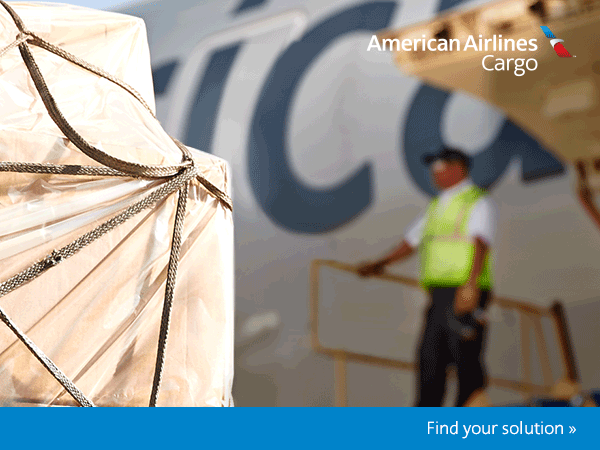



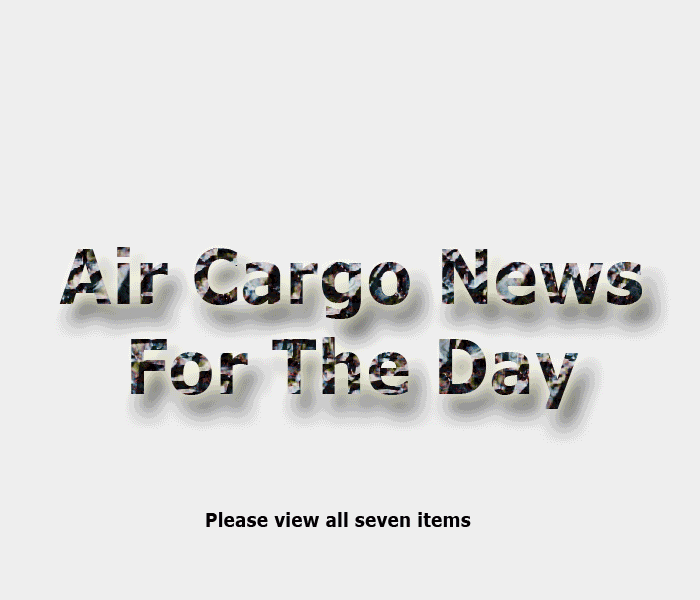






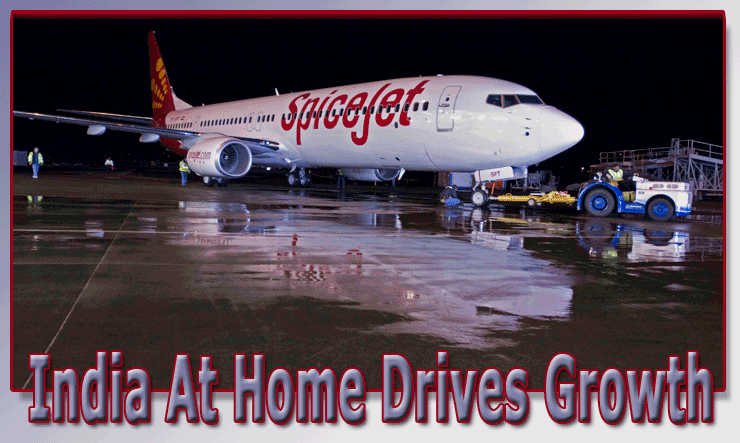
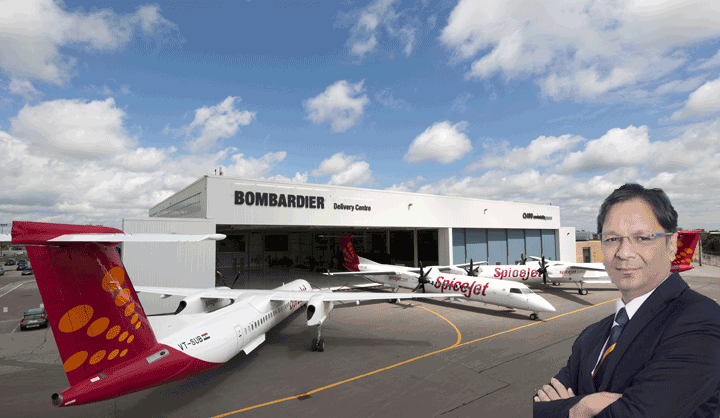
 Bharat
Thakkar, former president of the Air Cargo Agents Association
of India (ACAAI) cautioned that while domestic cargo had
gone up 18 percent last year and it is expected to grow
20 percent each month until January 2016, there was an abundance
of bellyhold cargo capacity.
Bharat
Thakkar, former president of the Air Cargo Agents Association
of India (ACAAI) cautioned that while domestic cargo had
gone up 18 percent last year and it is expected to grow
20 percent each month until January 2016, there was an abundance
of bellyhold cargo capacity.  Manglani Delhivery
Manglani Delhivery 

